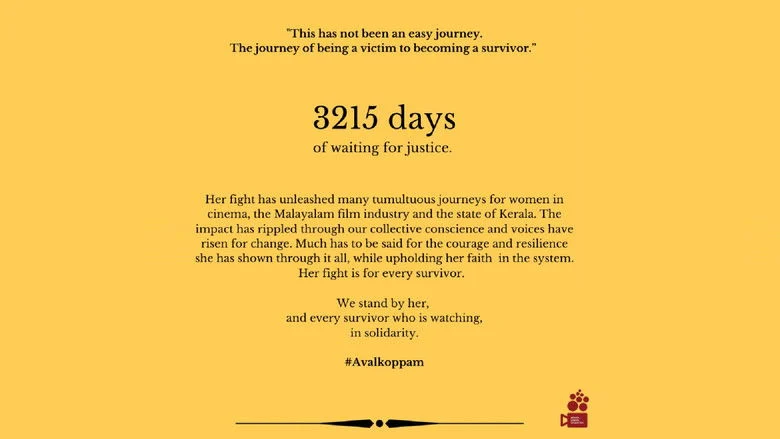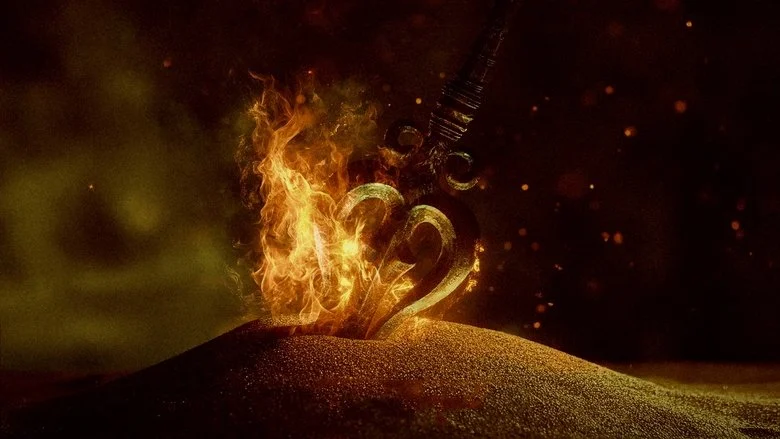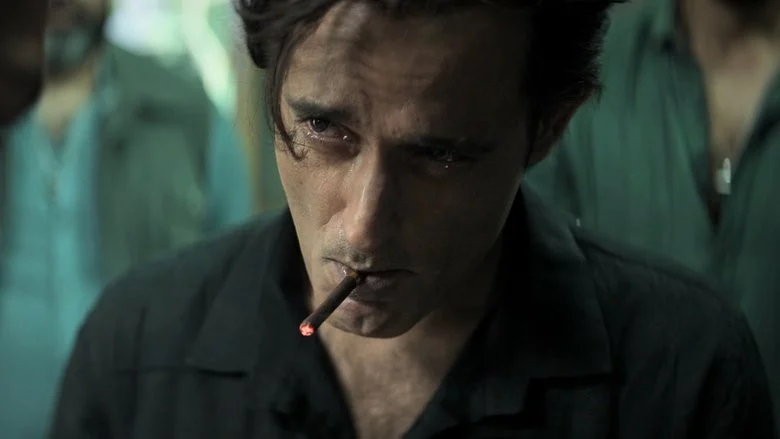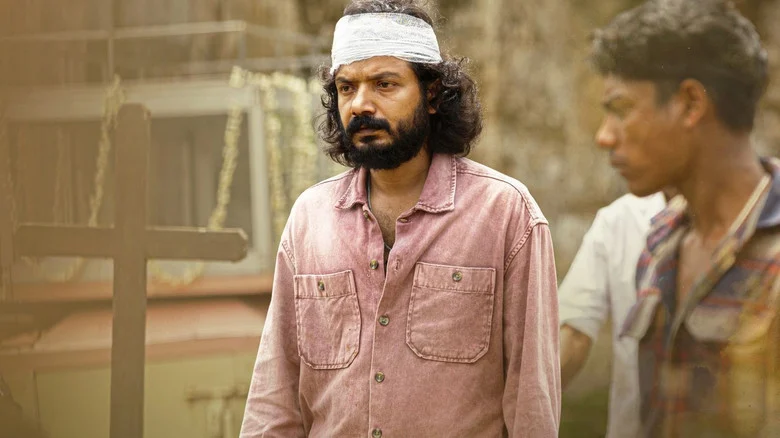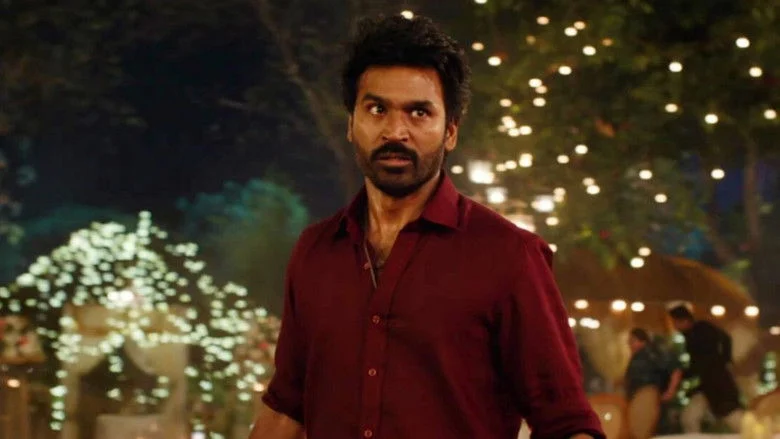
The Half of It (2020) Movie: Netflix’s Teen Drama Gets Love Triangles Right
Netflix dropped something special in May 2020 with The Half of It. Director Alice Wu crafts a story that feels both familiar and surprising. The cast includes Leah Lewis, Daniel Diemer, and Alexxis Lemire in roles that challenge what we expect from teen movies.
This film takes the classic love triangle and flips it completely. Wu brings her experience from previous LGBTQ+ storytelling to create something authentic. The 104-minute runtime gives characters room to breathe and grow organically.

##The Story That Hooks You
Ellie Chu runs a side business writing homework for classmates. She needs the money to help her dad pay bills. When sweet but awkward Paul asks her to write love letters to Aster Fleming, Ellie sees easy cash.
Things spiral when Ellie realizes she has feelings for Aster too. Both friends end up wanting the same girl, but their friendship somehow gets stronger. The twist comes in how they handle this messy situation.
Small-town Squahamish becomes almost like another character. Everyone watches everyone else, making it harder for the teens to explore their identities. The pressure builds naturally as secrets pile up.
Wu avoids the usual teen movie traps. No one becomes the villain here. Instead, three young people stumble through confusing emotions while trying to figure out who they really are.
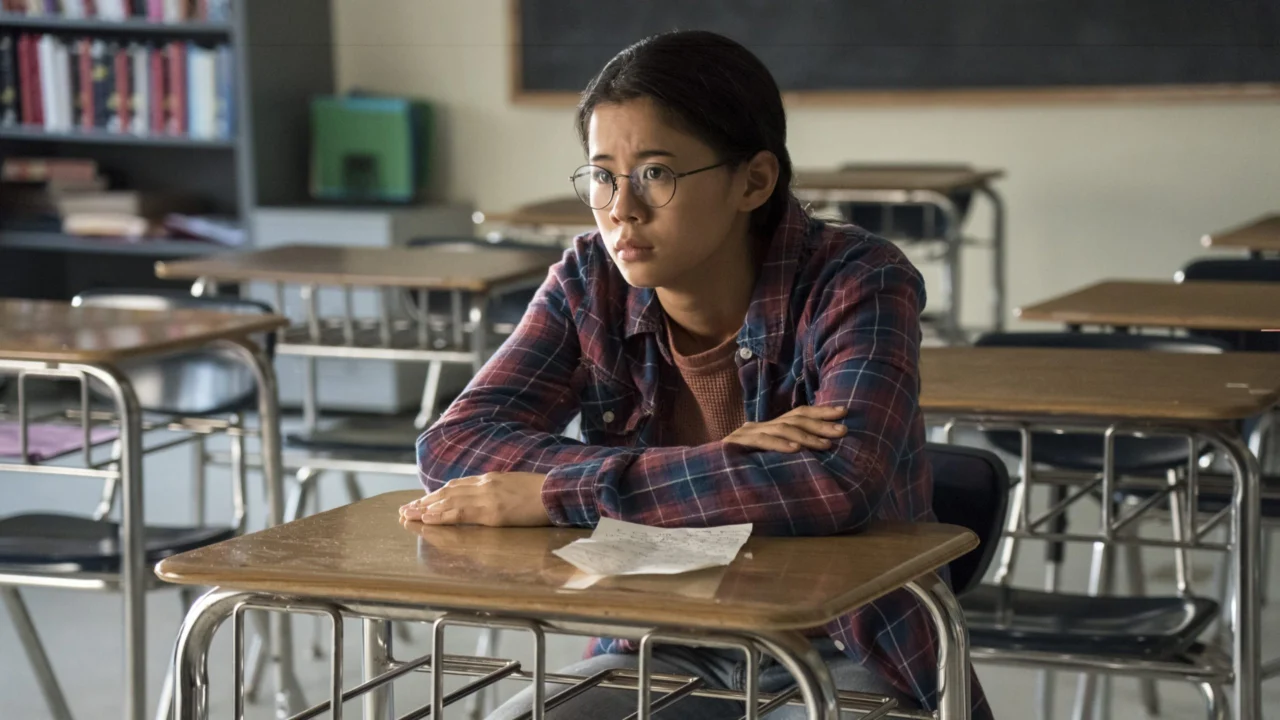
##Performances That Feel Real
Leah Lewis makes Ellie come alive in ways that surprise you. She could have played the role as just another brainy outsider. Instead, Lewis shows us someone wrestling with identity, family duty, and first love all at once.
Daniel Diemer brings unexpected depth to Paul. He plays against the dumb jock stereotype beautifully. Paul has genuine kindness and curiosity that makes his friendship with Ellie believable. Diemer never makes Paul feel fake or calculated.
Alexxis Lemire transforms what could have been a basic popular girl into someone complex. Aster has her own dreams, fears, and contradictions. Lemire makes every scene count, even when she’s not the focus.
The supporting players create a small town that feels lived-in. Each person serves the story while maintaining their own personality and motivations.
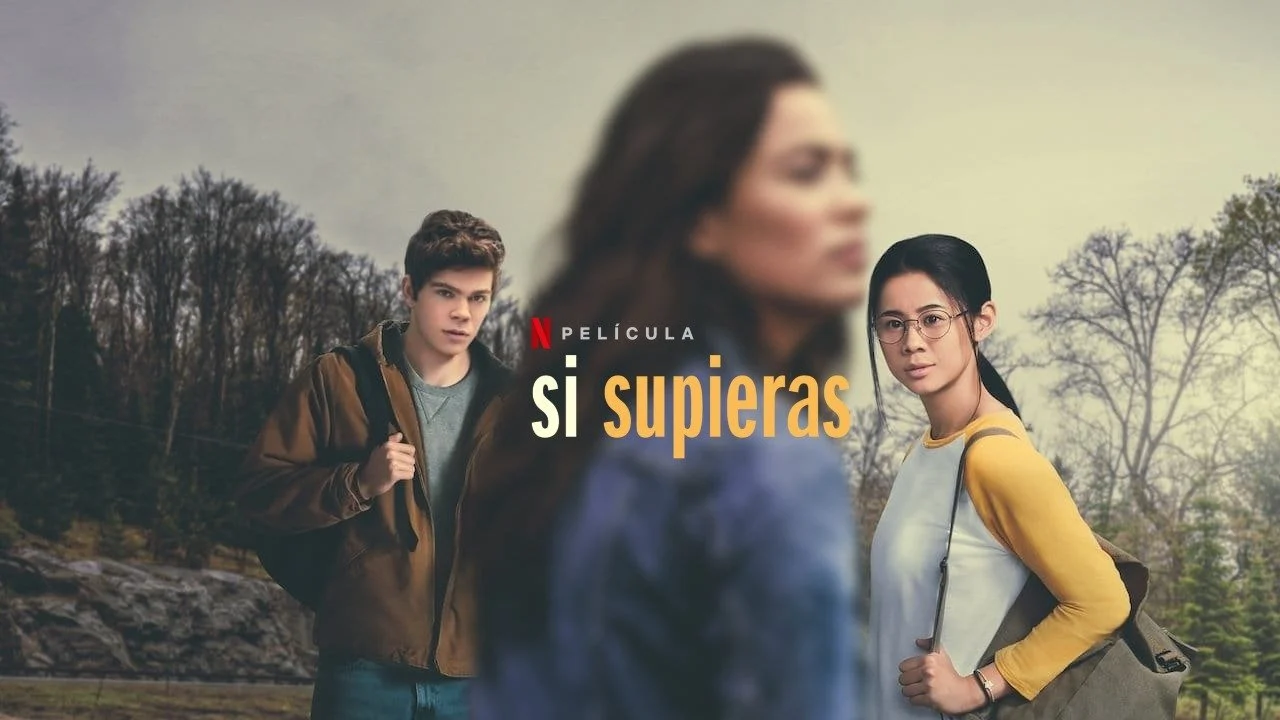
##What Works Like Magic
The friendship between Ellie and Paul becomes the film’s beating heart. Their connection grows through shared vulnerability rather than common interests. I found myself caring more about their bond than the romantic storylines.
Wu handles LGBTQ+ themes with remarkable sensitivity. Ellie’s journey feels authentic without becoming the only thing the movie cares about. The film explores identity as part of growing up, not as a separate issue.
Small moments pack emotional punch throughout. A shared laugh, a quiet confession, or a meaningful glance carries real weight. Wu trusts her actors to sell these scenes without over-explaining everything.
The literary references add layers without showing off. Characters discuss Plato and poetry naturally, making intellectual curiosity feel normal rather than pretentious.
##Where It Stumbles
Some scenes linger too long on internal conflict. While character development matters, certain moments drag when people spend too much time in their own heads. Tighter pacing could have helped maintain momentum.
The small-town setting sometimes constrains the story. We see mostly school and home life, missing chances to explore character depth. More variety in locations might have opened up new story possibilities.
Predictable moments surface despite strong execution. The love triangle resolves in ways you can see coming. More unexpected character choices would have elevated the material further.
The ending arrives quickly after careful buildup. While emotionally satisfying, it feels slightly rushed compared to the patient storytelling that came before.
##Direction and Style
Wu brings mature perspective to teenage confusion. Her camera stays close to the characters without invading their space. She lets emotions build naturally rather than forcing dramatic moments.
Visual choices support the intimate storytelling approach. Natural lighting and realistic settings create authenticity over polish. The film never feels like a big budget production, and that works in its favor.
Music selections enhance rather than dominate key scenes. The soundtrack feels right for these characters and their world. Sound design creates immersive small-town atmosphere without calling attention to itself.
The editing maintains steady rhythm that mirrors teenage life. Moments of excitement balance against quieter reflection. This approach serves the character-driven story perfectly.
##How Critics and Audiences Responded
Professional critics embraced the film with 97% positive reviews on Rotten Tomatoes. The average score hit 7.8 out of 10, with praise for Wu’s intelligent screenplay and authentic performances.
Regular viewers gave it 6.9 on IMDB, showing solid appreciation though less enthusiasm than critics. This gap often happens with thoughtful films that prioritize character over action.
Many critics highlighted the mature treatment of teenage sexuality and identity. Reviews praised how the film avoids stereotypes common in teen movies. The literary influences and philosophical depth also earned recognition.
Social media responses emphasized emotional connection and representation. Viewers who felt underrepresented in mainstream teen movies found particular meaning in the story.
##Bottom Line
The Half of It succeeds where many teen movies fail by treating its characters as real people. Wu creates space for messy emotions and uncertain outcomes. The performances feel genuine rather than calculated for maximum appeal.
This film works best for viewers who appreciate character development over plot twists. The emotional payoff comes from watching people grow and change rather than dramatic revelations.
Despite pacing issues and some predictable elements, the film’s heart shines through. The friendship at its center provides hope that understanding can grow between unlikely people.
Rating: 4/5




